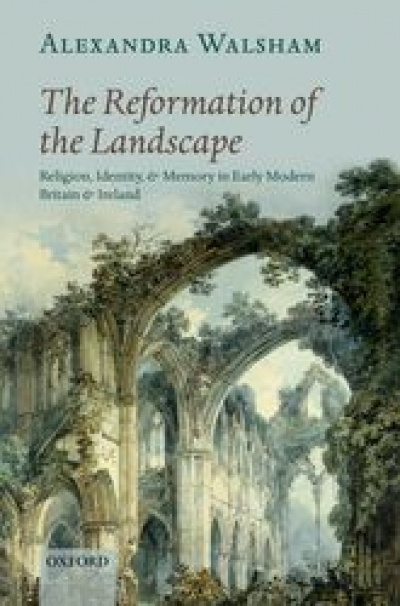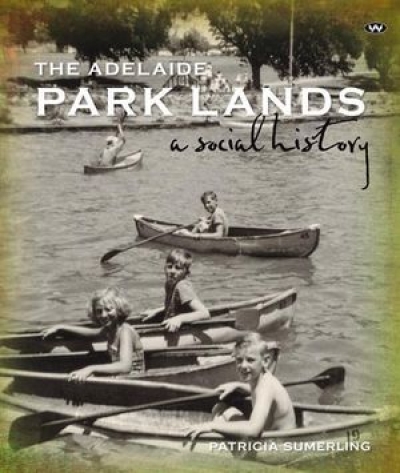Geography
The Reformation of the Landscape: Religion, Identity, and Memory in Early Modern Britain and Ireland by Alexandra Walsham
by Wilfrid Prest •
The Biggest Estate on Earth: How Aborigines Made Australia by Bill Gammage
by Geoffrey Blainey •
The Adelaide Park Lands: A Social History by Patricia Sumerling
by Bernard Whimpress •
Antarctica: That Sweep of Savage Splendour edited by Alasdair McGregor
by James Bradley •
The Gentrification of Inner Melbourne: A political geography of inner city housing by William Stewart Logan
by Patrick Mullins •





